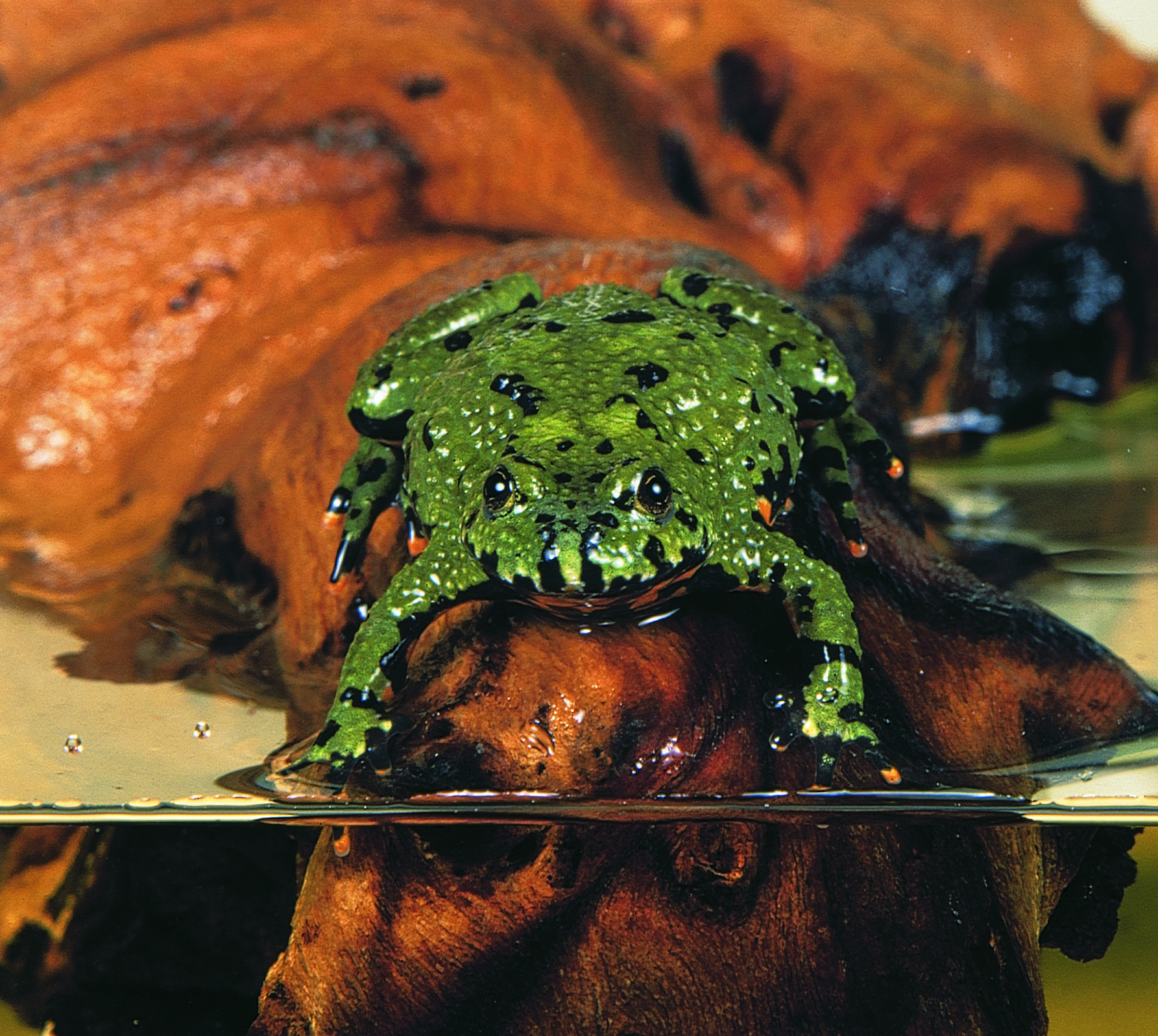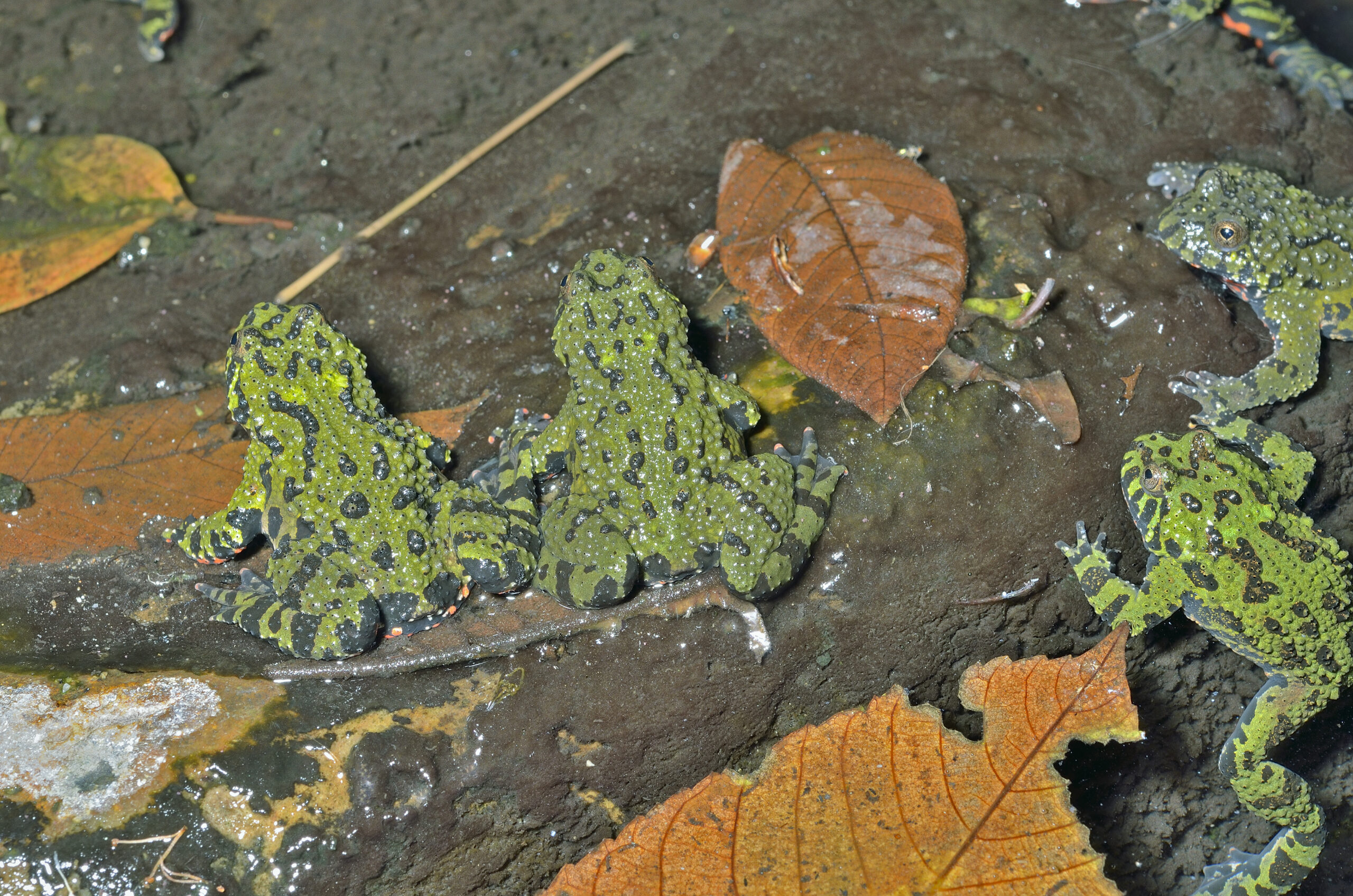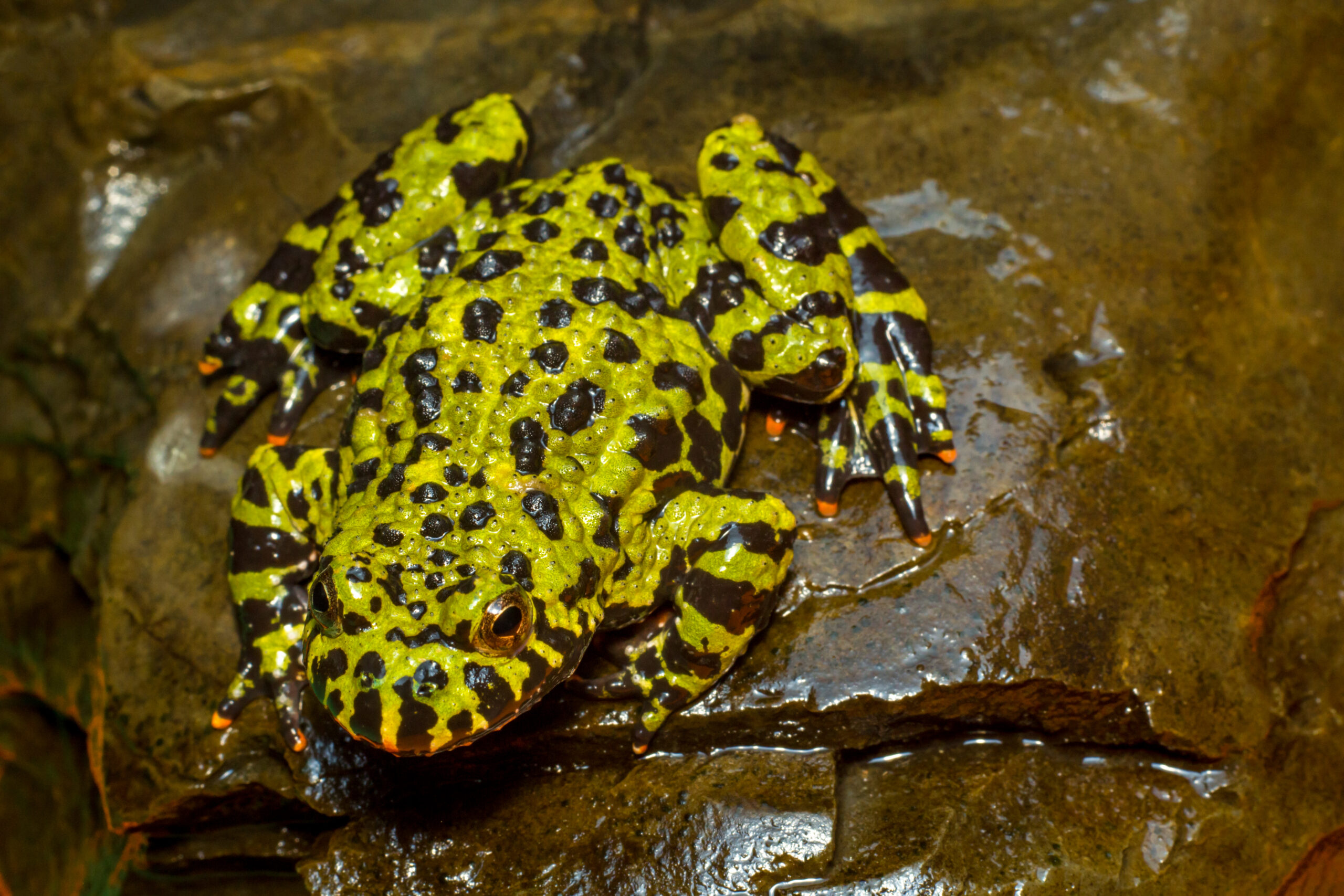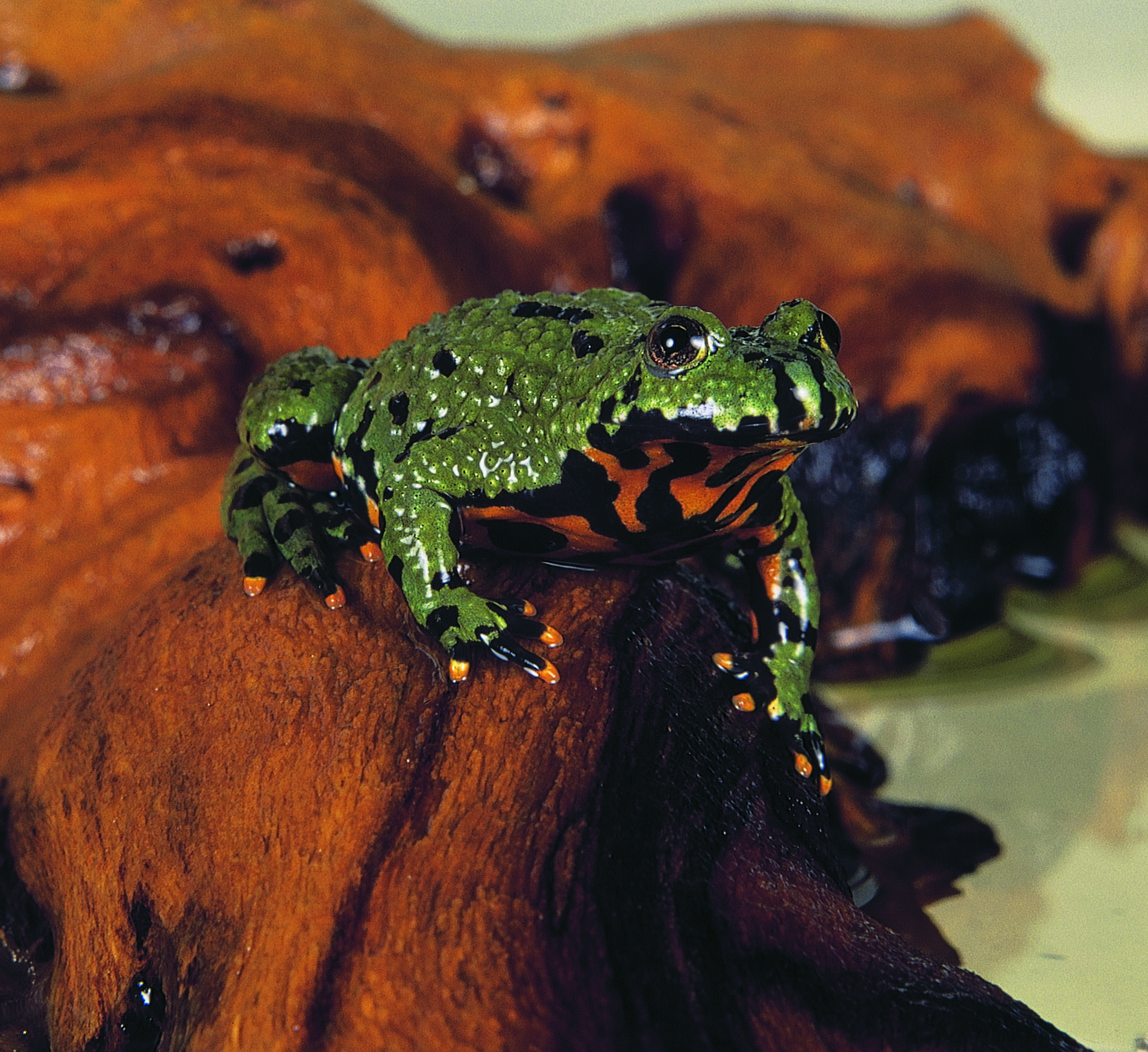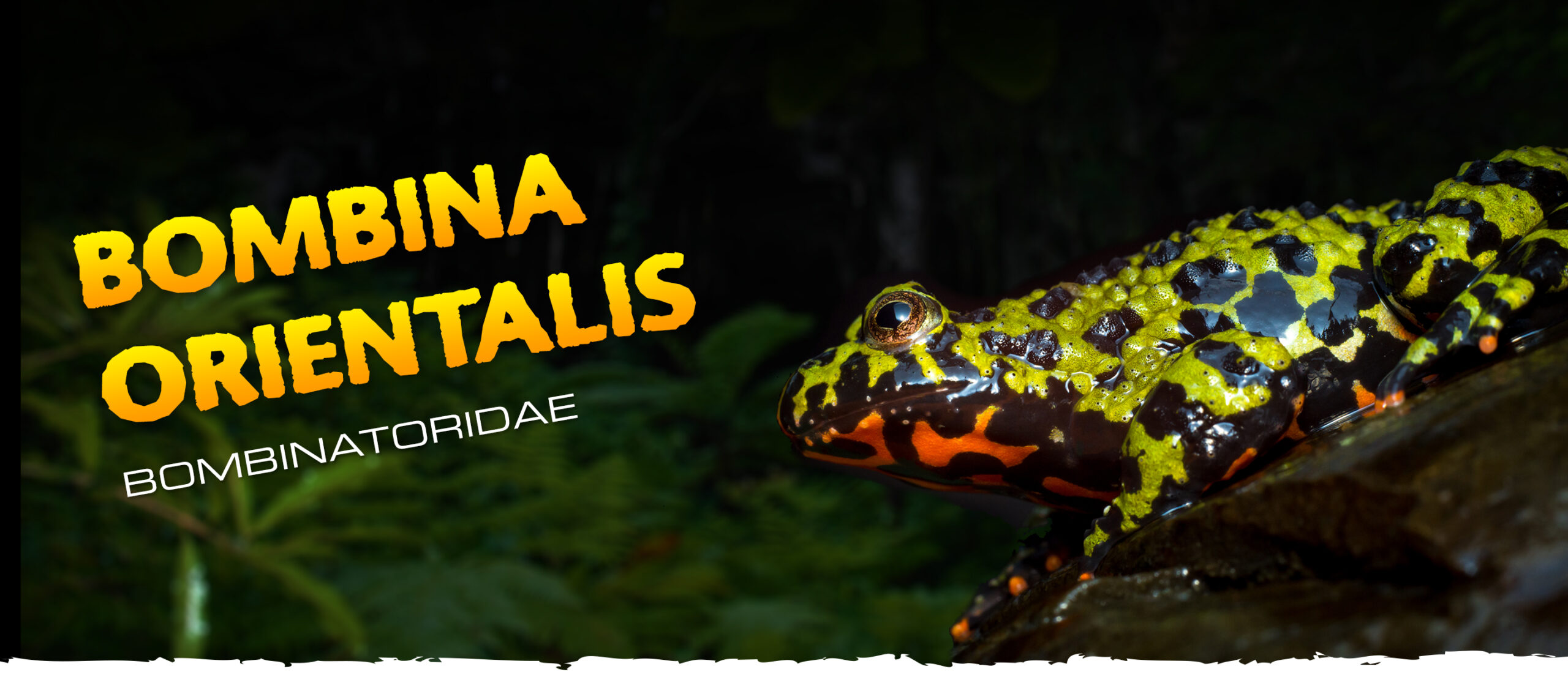
Fire-Bellied Toad
Bombina orientalis
LATIN NAME
FAMILY
ADULT SIZE
LIFESPAN
RANGE
HABITAT
TEMPERATURE
HUMIDITY
UVB CHART
SKILL LEVEL
LATIN NAME
FAMILY
ADULT SIZE
LIFESPAN
RANGE
HABITAT
TEMPERATURE
HUMIDITY
UVB CHART
SKILL LEVEL
Fire-Bellied Toads are endemic to Northeastern China, Korea and the Khabarovsk and Primorye regions in Russia. Despite their common name Fire-Bellied “Toad”, these cute amphibians are actually frogs. As the name already indicates their bellies are brightly colored in orange, yellow or red. These strikingly colored bellies are actually a warning sign (called aposematic coloration) to inform predators that they are distasteful and should not be eaten.
Fire-Bellied Toads are hardy, long-lived and “easy-to-care-for”. Their semi aquatic lifestyle, their exposure of belly colors as they float at the water surface, and their somewhat clumsy “amusing” motions make them appealing display animals for both the beginning reptile enthusiast as well as for the advanced hobbyist.
Fire-Bellied Toads are a fairly social species and are best enjoyed when kept in small groups of 4 to 8 animals. The interaction between the animals in these small groups increases the viewing pleasure but also stimulates their natural- and mating behavior.
Fire-Bellied Toads where first described in 1890 by the Belgian-British Zoologist George Albert Boulenger as Bombinator orientalis. In 1907 the Norwegian-American Herpetologist Leonhard Hess Stejneger placed the Fire-Bellied Toad under the Genus Bombina.
Fire-Bellied Toads are amphibians, a word that derives from the Ancient Greek word amphibios, meaning “to live a double life”, 1 as a tadpole in water, 1 as a frog on land.
Fire-Bellied Toads have been captive bred in the USA and Europe for more than 30 years and are well established in the hobby..
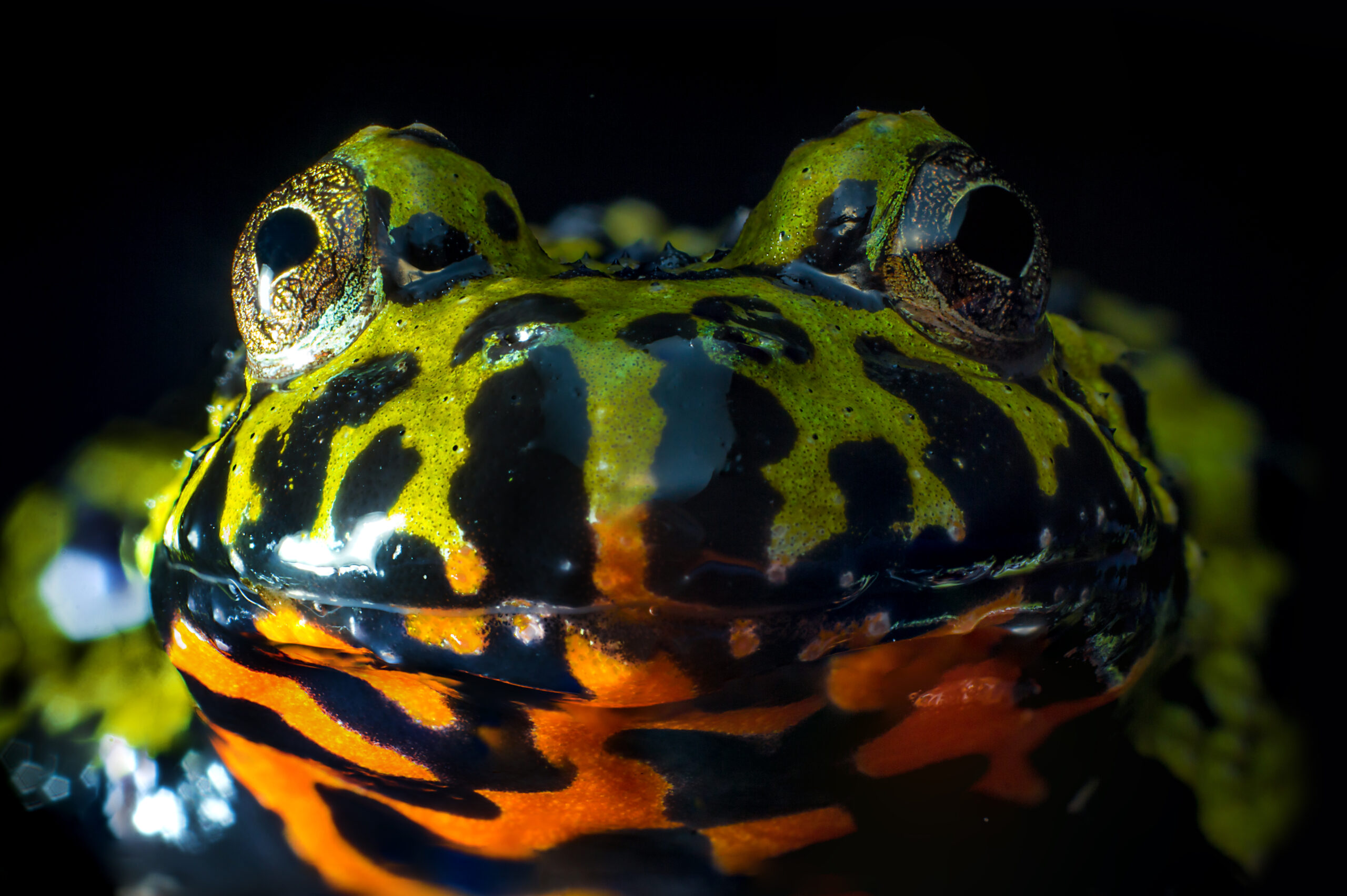
Close-up of adult Bombina orientalis.
Fire-Bellied Toads belong to the family Bombinatoridae which consists of 8 species in the genus Bombina.
The Oriental Fire-Belly Toad is the most colourful of all Bombina species. With its grass-green back with black dots and stripes and its vibrant orange belly, these small semi-aquatic frogs are stunning.
To “scare off” potential predators, they will flip on their back in a defensive pose and show off their strikingly colored belly. The bright color of the belly warns the agitator of the existence of toxic chemicals in the skin of this cute frog.
Adult Fire-Bellied Toads range from 1,2 to 2″ or 4 to 5 cm in total length, of which the females tend to be slightly larger and plumper built than males.
The average size of the hatchlings is about ½” or 1,5 cm. If well fed & maintained, they can reach adult size and sexual maturity in 12-16 months. Fire-Bellied Toads are very long-lived and can easily live up to 20+ years.

Colorful underside pattern of Bombina orientalis.
Fire-Bellied Toads are endemic to Northeastern China, Korea, Southern Japan (including Tsushima & Kiushiu Islands) and the Khabarovsk and Primorye regions in Russia. They inhabit streams, rice fields, swampy wetlands, puddles and various other types of stagnant water bodies.
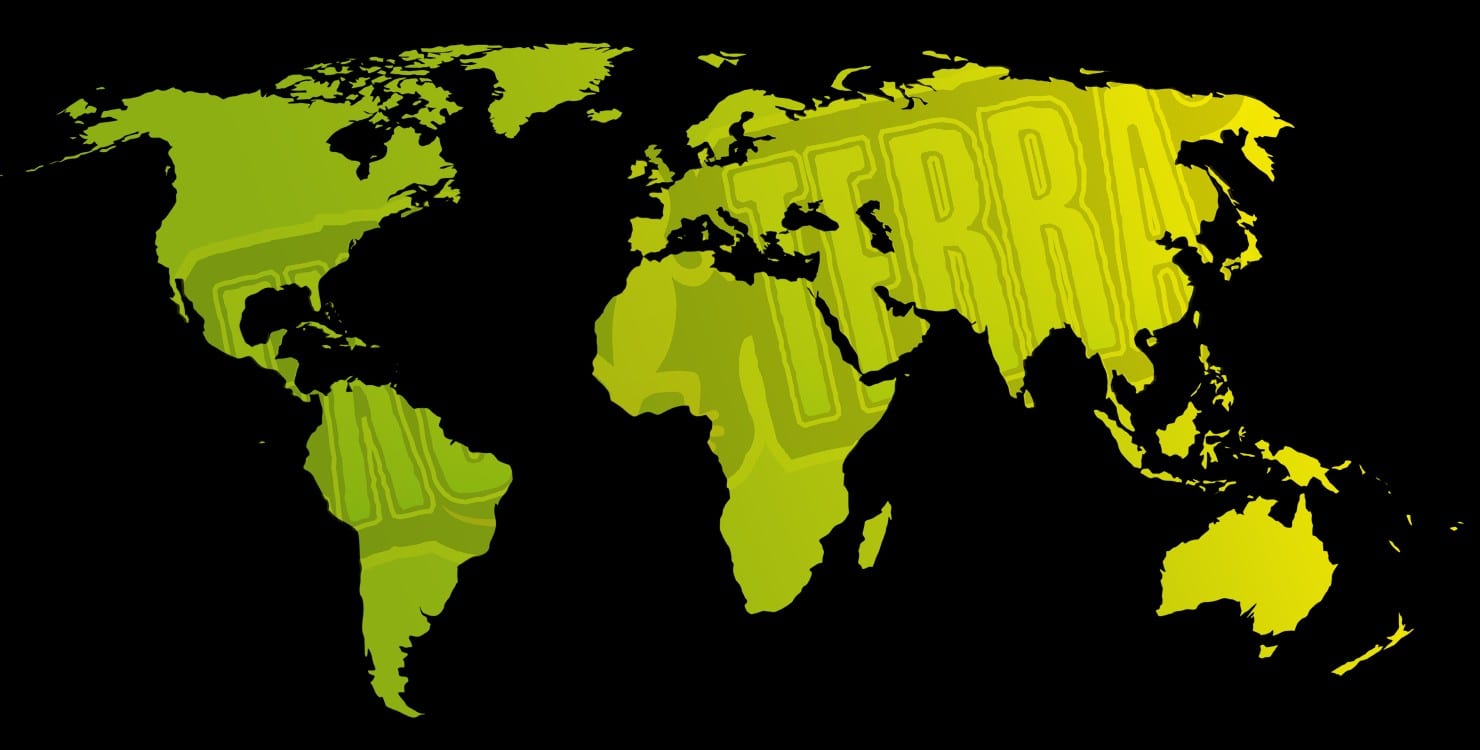
In the wild, Fire-Bellied Toads mostly inhabit the riparian zone, living a semi-aquatic life. They’re both diurnal as well as crepuscular; they hunt and eat during the day, while twilight time is the moment for interaction with their fellow congeners.
When a Fire-Bellied Toad is approached by a predator, they show a unique defence mechanism, they flip on their back and show off their strikingly coloured belly. The bright color of the belly warns the agitator of the existence of toxic chemicals in the skin of this cute frog.
Fire-Bellied Toads prey upon terrestrial as well as aquatic invertebrates, such as worms, molluscs, insects, Gastropoda and aquatic arthropods. It is due to the beta-carotene in these arthropods that the belly of the Fire-Bellied Toads are brightly colored.
Fire-Bellied Toads inhabit streams, rice fields, swampy wetlands, puddles but also forests and open meadows. After hibernation Fire-Bellied Toads migrate towards the breeding locations where they spend most of their time floating in the shallow water. Males usually migrate first, and as soon as the females arrive, the males start continuously performing their mating call (oop-oop-oop ) to attract the females. Since there’s an abundance of males, they have to compete to get hold of a female. While mating, Fire-Bellied Toads perform an intimate embrace, called the amplexus. During the breeding season males develop black nuptial (mating) pads on their fingers and on the inner surface of their forearms, which help them cling to the females.
Fire-Bellied Toad females generally deposit clusters of up to 45 eggs. Females produce 3 – 5 of these egg clusters which can lead to a total clutch size between 100-250 eggs.
The temperatures in the habitat of Bombina orientalis varies between the regions but also depending on the season. Average temperatures in spring are about 15-20°C, while the summer months reach temperatures of 25°C up to 30°C. During autumn and winter, temperatures often go below 10°C.
Because Fire-Bellied Toads mostly inhabit the riparian zone, it is best to offer them an aqua-terrarium or paludarium, this suits their semi-aquatic lifestyle best.
A paludarium is a semi-aquatic terrarium habitat that replicates a rainforest, swamp or stream and can harbour aquatic as well as terrestrial animal and plant species. The bottom part has an extra high front bottom glass, providing a higher water level and an increased water volume compared to common terrariums. This enables you to incorporate a substantial water part or aquarium section which allows you to keep aquatic animals and plants adjacent to the land or terrarium section. A part of the aquatic section can consist of a false bottom to support the land section, accommodate and hide the aquatic appliances like filters, pumps and water heaters and can double as a biological filtration media.
Fire-Bellied Toads have a docile nature and can best be housed in small groups from 4-8 animals. The interaction between the animals in these small groups increases the viewing pleasure but also stimulates their mating behavior.
Terrarium
Exo Terra® Natural Terrariums are designed by European herpetologists and offer several housing options for Fire-Bellied Toads. These glass terrariums feature front opening doors, allowing easy access for maintenance and feeding and a unique double ventilation system with full screen stainless steel top.
The Exo Terra® Frog Terrariums even come with a built-in drain and tap valve which allows you to easily drain out excess spray water. The single front opening door allows maximum viewing pleasure and provides easy access for maintenance and feeding. A push-button lock keeps the terrarium secure and can even be outfitted with an optional lock to prevent unwanted opening. The hinged cover can be locked and unlocked with a single button and can be fully opened. A clear glass panel in the front ensures maximum visible light penetration and a stainless-steel ventilation strip in the back guarantees optimal ventilation. The patented dual ventilation system keeps the single front glass door free of condensation, even in humid conditions. It creates a natural upward flow of air to ensure optimal and healthy conditions. Excess heat is dissipated through the top mesh and prevents heat from accumulating, creating temperature gradients in the terrarium. The screen mesh allows UV and infrared penetration when these bulbs are required. Four self-closing inlets for wire/tubing in the back facilitate the installation of powered accessories like waterfall pumps, filters, the Exo Terra’s Monsoon, etc. The inside front of the lid has a Monsoon Nozzle mounting point on each side of the terrarium. The bottom part of the terrarium is waterproof once the tubing, elbow-connector and tap valve are connected to the drain. The drain allows hassle free water changes and excess water removal.
The Exo Terra® Frog Terrariums can be set up as a bioactive habitat for dart frogs, smaller tree & reed frogs, newts and salamanders, small geckoes & lizards, garter & grass snakes, etc.
Exo Terra’s Terrariums are ideal for small groups of Fire-Bellied Toads:
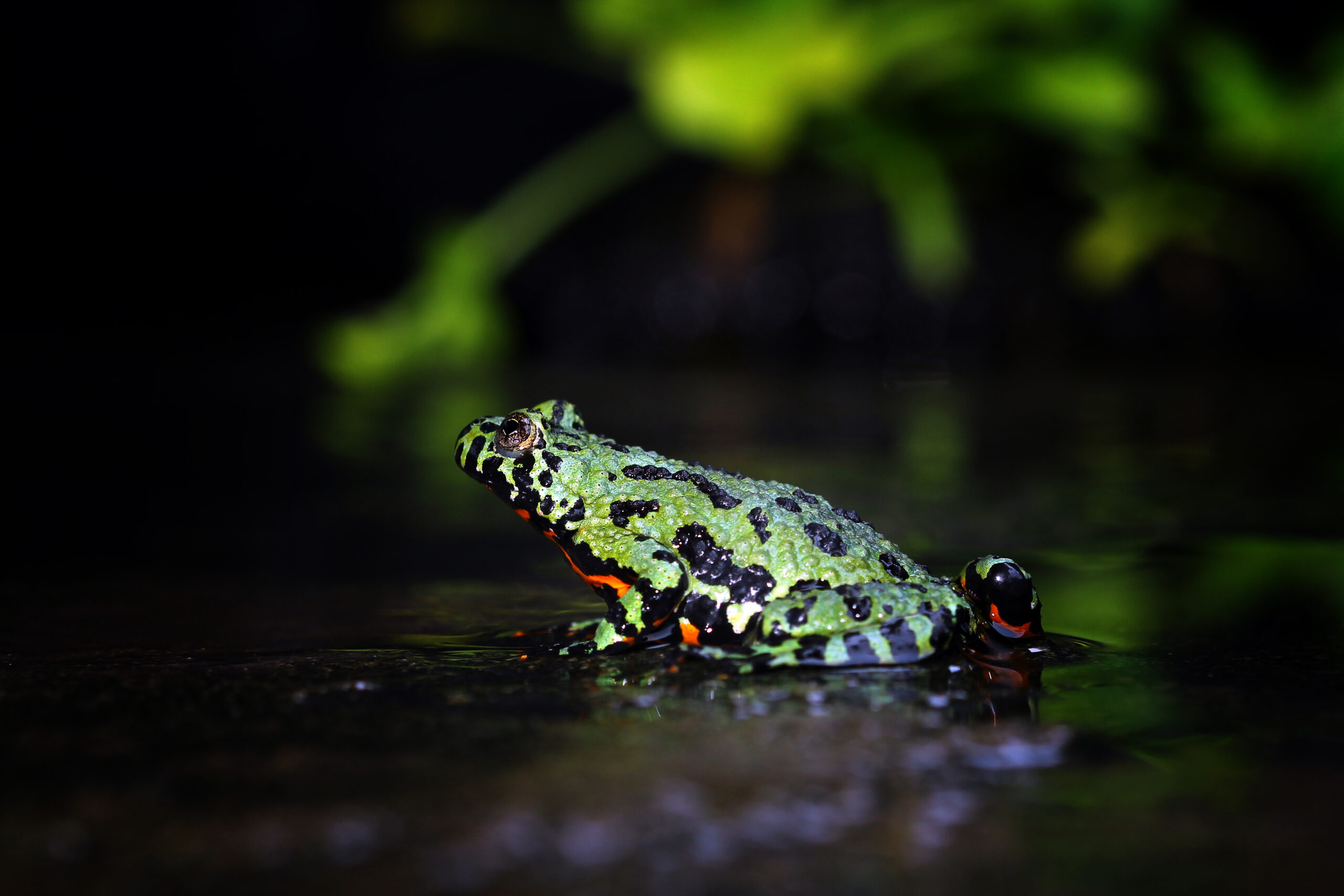
Bombina orientalis bathing in a puddle of water
Animals
PT2605 - Natural Terrarium – Small/Wide
PT2745 - Dart Frog Terrarium
PT2746 - Tree Frog Terrarium
PT2603 - Natural Terrarium – Medium/Wide
PT2605 - Natural Terrarium – Large/Wide
Dimensions
PT2605 - Natural Terrarium – Small/Wide
PT2745 - Dart Frog Terrarium
PT2746 - Tree Frog Terrarium
PT2603 - Natural Terrarium – Medium/Wide
PT2605 - Natural Terrarium – Large/Wide
Fire-Bellied Toads have a semi-aquatic lifestyle and thrive best in any of the following Terrarium landscapes which simulate the natural biotope of the frogs:

Tropical Aqua Terrarium
Lighting
Fire-Bellied Toads are mainly diurnal and a 12-hour day/night cycle will benefit your frogs and stimulates live plant growth. The Exo Terra® TerraSky Planted Terrarium Light is ideal for planted setups, paludariums and bioactive terrariums. The high intensity and enhanced penetration ensure that the light reaches all layers of the terrarium, resulting in sustained lush plant growth. Orchids, Bromeliads, Tillandsias (air plants), carnivorous plants, mosses and lichen all thrive under the TerraSky Planted Terrarium Light’s strong Photosynthetic Active Radiation (PAR). The 120-degree light dispersion provides a nice even illumination and covers the complete area to avoid dark spots.
Providing UV-lighting is not absolutely necessary, but we do recommend the use of our Reptile UVB100. The low levels of UVB-rays produced by these bulbs are beneficial for the animal’s overall health while the UVA rays stimulate appetite, activity and reproductive behavior.
Heating
Fire-Bellied Toads thrive at above average room temperatures of (75-80°F / 24-27°C) during the day, with a drop of 10°F or 5°C at night. If the temperature in your room is at the lower end of the temperature optimum, a Turtle Heater is ideal to increase the water temperature. An additional basking area isn’t a must, but if provided, your Fire-Bellied Toads with enjoy the warm spot to thermoregulate their body temperature.
An Exo Terra® Light Dome or Reptile Dome with Light Bracket and a Daylight Basking Spot, Halogen Basking Spot or Swamp Basking Spot will provide them with a perfect temperature gradient during daytime. The Night Heat Lamp can be used for 24-hour heating if it’s used in combination with a light emitting bulb during the day. Refer to the charts in the Lighting section to select the right bulb wattage.
An Exo Terra® Heat Mat can also be used if applied to one side of the terrarium, creating a temperature gradient. Do not apply the Heat Mat under the terrarium, as this will dry out the substrate rather quickly.
Use 2 Digital or Analog Exo Terra® Terrarium Thermometers, place one in the warm and one in the cooler side of the Terrarium, this allows you to keep a keen eye on matching the preferred temperature gradients. The Heat Lamp or Heat Mat wattage may need to be adjusted depending on the ambient room temperature and the terrarium type used. To ensure the perfect ambient temperature for your Frogs, an Exo Terra® Thermostat can be used (see Monitoring section).
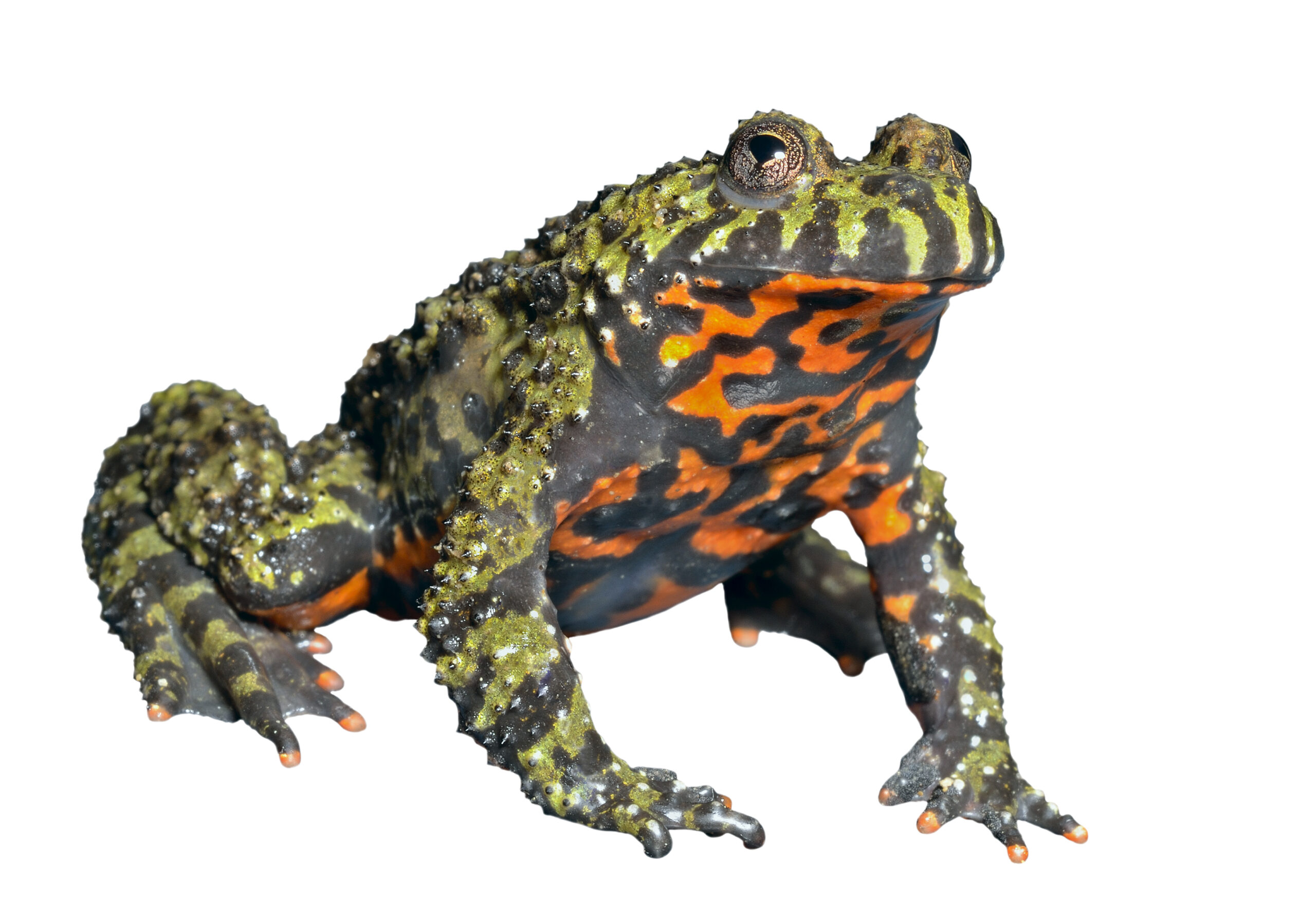
Monitoring
During the day, an average relative humidity of 55-65% and terrarium temperature of 75-80°F or 24-27°C should be maintained. At night, humidity should rise up to about 75-85% while the terrarium temperature can drop with 10°F or 5°C. Use the Exo Terra® Digital or Analog Thermometers and Hygrometers to help you monitor the terrarium conditions and adjust the temperature and relative humidity to meet the needs of the animals.
For more security and peace of mind, the Exo Terra® Thermostats or Thermostat & Hygrostat will help to prevent overheating and undercooling during hot summer days or cold winter nights. Apart from the temperature, the Exo Terra® Thermostat & Hygrostat will also keep the humidity at the desired level, if used in combination with an Exo Terra® Humidifier or Fogger. With the Exo Terra® Thermostats or Thermostat & Hygrostat you can create a well-controlled heating/humidifying system that allows you to maintain the required temperature and/or humidity conditions similar to those found in your animal’s environment.
Substrate
Fire-Bellied Toads thrive well in a paludarium setup. The Paludarium’s living space consists of 3 distinct zones:
Terrestrial Zone The terrestrial zone is a land area with plants, trees, bushes and rocks that never submerges. In tropical climates a variety of invertebrates, reptiles and amphibians occur here.
Riparian Zone The riparian zone or riverbank is the interface between land and water. It is inhabited by semi-aquatic reptiles and amphibians.
Aquatic Zone The aquatic zone can be a stream, pond or even lake – home to turtles, aquatic amphibians, fishes and freshwater shrimps.
To create the Terrestrial and Riparian Zone, you can use Bio Drain Substrate with a Bio Drain Mesh, topped with Exo Terra® Sub Stratum or Plantation Soil covered with leaf litter and/or sphagnum moss. The non-toxic Bio Drain mesh will keep the underlying Bio Drain Draining Substrate separated from the decorative top-layer substrate. It will prevent substrate particles from contaminating the water while still allowing proper water drainage. In combination with the Bio Drain Substrate you can create water parts and a biological filtration system in the terrarium. The clean terrarium water can then be circulated in Waterfalls, Cascades or Dripping Plants. In the Terrestrial Zone you can built your decorative layer with plants, branches, lianas, rocks, hides, etc. The actual substrate layer that will be used for planting can consist of mixture of Exo Terra® Sub Stratum with Exo Terra® Plantation Soil. The Riparian Zone remains somewhat open, with some smaller pebbles, or flat wood or stone pieces that allow easy access to the Aquatic Zone. For the Aquatic Zone, Turtle Pebbles are a great choice as their dimensions are big enough to avoid being swallowed by the frogs, but offer a stable substrate and are easy to clean.
The Exo Terra® Sub Stratum is a natural volcanic soil with live beneficial bacteria. The porous surface and low-density structure allow for excellent drainage and aeration, but it also promotes a flourishing population of beneficial, nitrifying bacteria, creating a self-sustaining, living terrarium ecosystem. The active beneficial bacteria of the soil will decompose biological waste, keeping the terrarium clean and healthy.
The Exo Terra® Plantation Soil is a 100% natural, biodegradable terrarium substrate made from sustainable, ground coconut husk fiber grown on plantations in tropical Asia. The unique hygroscopic properties of this ecological substrate regulate the terrarium’s humidity in a natural way and is totally safe for frogs, salamanders and other burrowing or digging animals. The unique coir pith used for the Exo Terra® Plantation Soil consists of a mixture of short fibers and coco-peat grain sizes ranging from coarse granules to fine clumps resulting in improved soil drainage and aeration. The improved aeration of the substrate promotes the cultivation of healthy waste-reducing organisms keeping your terrarium fresh and clean.
The substrate should be kept moist, but not soaking wet, at all times. Make sure to offer different gradients of moisture inside the terrarium. Some parts can be kept rather moist while other parts should be kept somewhat drier.
The Exo Terra® substrates will help maintain the substrate moisture at an optimal level. Providing a top layer of Exo Terra® Leaf Litter or Forest Moss will also facilitate the substrate’s moisture retention and prevent it from drying out. The Leaf Litter or Forest Moss also provides hiding spots for the reptiles and amphibians foraging the forest floor and at the same time, facilitate the natural ecosystem where beneficial organisms will break-down waste products and thus reduce odors.
The secret to growing healthy plants begins with the soil. Naturally, healthy soil contains living microorganisms — from bacteria to fungi, protozoa and arthropods. Together they form a choreographed exchange from the recycling of nutrients to the decomposition of organic materials.
Plants
The land part of the terrarium can partially be decorated with live and/or Exo Terra® artificial or smart plants. Live plants and moss will contribute to the filtration capacities of your terrarium. This type of setup allows you to create an effective filtration system, mirroring the process of natural biological filtration. A fully functioning aqua-terrarium or paludarium will provide a constant source of clean water, which is imperative to keep semi-aquatic species. It is basically a small, closed ecosystem.
DISCLAIMER Make sure the plants have no pests before introduction and rinse leaves thoroughly to remove any pesticide residues.
Exo Terra® offers a wide range of artificial plant with the same advantages as live plants; they’re decorative, they provide shade, and they create hiding spots and visual barriers to let your reptiles and amphibians experience an increased feeling of safety and reduced stress. Exo Terra®’s artificial plants are exact copies of their natural counterparts to blend in well with live plants but are much easier to maintain. A combination of live plants and Exo Terra’s artificial plants allows you to fully plant a terrarium, even in the hottest or driest parts.
Exo Terra®’s Bromeliad’s and Ground Cover Plants are easy to clean & maintain, while the weighted base allows you to easily position the plant after maintenance.

Adult Bombina orientalis in its natural habitat.
Hide-outs
Apart from supplying a thick top layer of Exo Terra® Leaf Litter or Forest Moss, adding some Exo Terra® Ground Cover Plants in the terrarium will also help to provide visual barriers. An additional decorative hide like the Exo Terra® Reptile Cave or an Exo Terra® Skull type hide will add even more privacy to your frog’s habitat.
The Exo Terra® Coconut Cave is the perfect hiding place for your Fire-Bellied toads. In a constantly moist environment, its irregular surface will slowly start to overgrow with moss, adding to the natural look of the cave.
Decor
Landscaping a terrarium will not only encourage the frog’s activity and exploratory behavior, but also provide extra cover which increases the frog’s sense of security and reduces its stress levels.
Next to the necessary items like leaf litter, plants and hide-outs – the terrarium can be “beautified” with some additional decor items. Care however needs to be given to not over clutter the open space in the terrarium.
Exo Terra® offers a wide variety of innovative decor items like Skulls, Waterfalls, Ground Cover Plants, etc. – all which add next to personalizing accents, some more environment enrichment and features.
Waterfalls and Cascades add aesthetic appeal and will help oxygenate and biologically filter the water. Exo Terra® offers a variety of decor items for both the land as the water part of your Fire-Bellied Toad’s Terrarium including Turtle Bank, Turtle Cliff, Turtle Grass, Hides & Caves in various forms, etc.
Diet
Fire-Bellied toads are insectivorous and only recognise live prey – meaning they will only feed on live insects such as crickets, mealworms, wax worms, earthworms, or similar food items. You can also feed them canned or vacuum-packed insects if you use tweezers to make these insects appear to be alive. Just hold the insect in front of the frog and wiggle it so it appears to be moving. Loosen the tweezers as soon as the frog grabs the insect. Exo Terra® offers a wide range of canned and vacuum-packed insects. Exo Terra® Canned or Vacuum-Packed insects can be fed right out of the can/pouch as these insects are well fed and vitamin-calcium coated. The retorting process of the canned/vacuum packed insects also softens the exoskeleton of the insects for easier digestion and breaks the bonds between the collagen protein to make it absorbable by reptiles. Collagen is an important fiber that aids in building bone, cartilage, skin and claw structures. The Canned or Vacuum-Packed insects have the same nutritional value as live insects but are easier to digest. Exo Terra® offers a wide range of canned and vacuum-packed insects. Visit our canned and vacuum-packed insects webpage for more information.
If available, they will also eat the occasional small guppy or other fish that reside in the water part.
If you feed live insects, do not forget to gut-load them prior to feeding them to your Fire-Bellied Toads. Always lightly dust live feeder insects with a 1:1 vitamin-mineral supplement blend like Exo Terra® Multi Vitamin and Calcium + D3 to keep your Fire-Bellied Toads healthy and happy.
Feed juveniles daily and adults every second or third day.
Hydration
Because of their semi aquatic lifestyle, extra attention must be paid to the water quality. Always treat tap water with Aquatize to remove harmful heavy metals, chlorine and chloramines, necessary to provide safe healthy water for your captive reptiles and amphibians. In a bio-active set-up you can use Turtle Clean (PT1998) to add beneficial organisms to the terrarium water and speed up the biological filtration capabilities. Liquid Electrolyte and Calcium can be added to the water to support healthy bone and muscle growth in your frogs and especially tadpoles.
The average humidity should be kept between 55-65% with peaks of 75-85% in the morning and evening (when the terrarium is sprayed/misted), similar to what these frogs experience in nature. The Exo Terra® Monsoon is a handy device to guarantee that your frog terrarium is sprayed at a set time every day. The Exo Terra® Humidifier can help maintain the correct relative humidity in the terrarium, especially if used in combination with the Exo Terra® Thermostat & Hygrostat. Although a somewhat higher humidity is mandatory, ventilation is required to avoid the growth of fungus and rotting of plants. The patented dual ventilation system of the Exo Terra® Dart Frog Terrarium provides the ideal amount of ventilation, without compromising the required relative humidity.
Maintenance
Land area;
Spot-clean your Fire-Bellied Toad’s enclosure once a week or more if necessary; remove fresh or dried faeces, dead insects, etc. For a more thorough cleaning, remove all the decor pieces and clean these with warm water. Always keep a keen eye on the substrate; as long as the substrate is not degrading or does not have a foul odor, the spot cleaning process is sufficient. Once the substrate starts to degrade or spreads a foul odor, it needs to be replaced completely.
Water part;
When using a water circulation pump or filter, it is best to clean the water inlet and filter media every 2-3 weeks to ensure optimal performance. Water changes should be performed on a bi-weekly basis; remove about ¼ to ⅓ of the water and replace it with fresh water of the appropriate temperature. Partial water changes can help to remove toxic substances or improve the overall water quality. Unless really necessary, make sure to never perform entire water changes, as this will also remove beneficial bacteria and organisms. Always treat tap water with Aquatize to remove harmful heavy metals, chlorine and chloramines when performing water changes. Use Turtle Clean (PT 1998) to assure that the beneficial organisms in the terrarium water remain at an ideal level to keep the biological filtration system performing well.
Breeding
Fire-Bellied Toads are rather easy to breed. Often the seasonal temperature fluctuations and the increasing light cycle in the room during spring will be sufficient to start the frog’s breeding behaviour. But if you would like to increase your breeding success, lower the temperatures to 65°F (18°C) for about 1-2 months during winter while at the same time reducing the light cycle to 8-10 hours a day. When increasing the temperatures after a 1-2 month cooler period, and simultaneously increasing the light cycle to 12 hours daily, the males will start their mating call (a vocal repertoire that resembles a young dog barking) to attract the Bombina females. The mating call and amplexus mostly occur during the evening hours.
The female frogs will deposit roughly 70-200 eggs that adhere to all kinds of surfaces, plants, rocks, branches and driftwood, etc. The tadpoles will hatch after 3-4 days but will still remain motionless and not feeding for another 2-3 days. Once the tadpoles start swimming, they will also start feeding on frog & tadpole food, dead insects, chopped earthworms, fish food flakes, algae, plants, etc. It takes the tadpoles approximately 1-2 months to fully metamorphose into air-breathing amphibians. In this stage it is critical to provide the metamorphosing tadpoles with sufficient plants, branches or a smooth levelled riverbank so they have easy access to the land area.
The newly-emerged frogs will absorb the remnants of their tail for the next few days and will start feeding on food items of appropriate size like fruit flies, freshly hatched crickets, bloodworm, hatchling waxworms, flour moth larvae, etc., once the tail is completely assimilated. As with adults, always dust your feeder insects with a 1:1 mix of Exo Terra® Multivitamin and Calcium +D3 powder supplement. The freshly metamorphosed frogs can be raised under similar conditions as used for the adult frogs, just make sure the water isn’t too deep, and there are slopes available so the frogs can easily climb onto land areas.
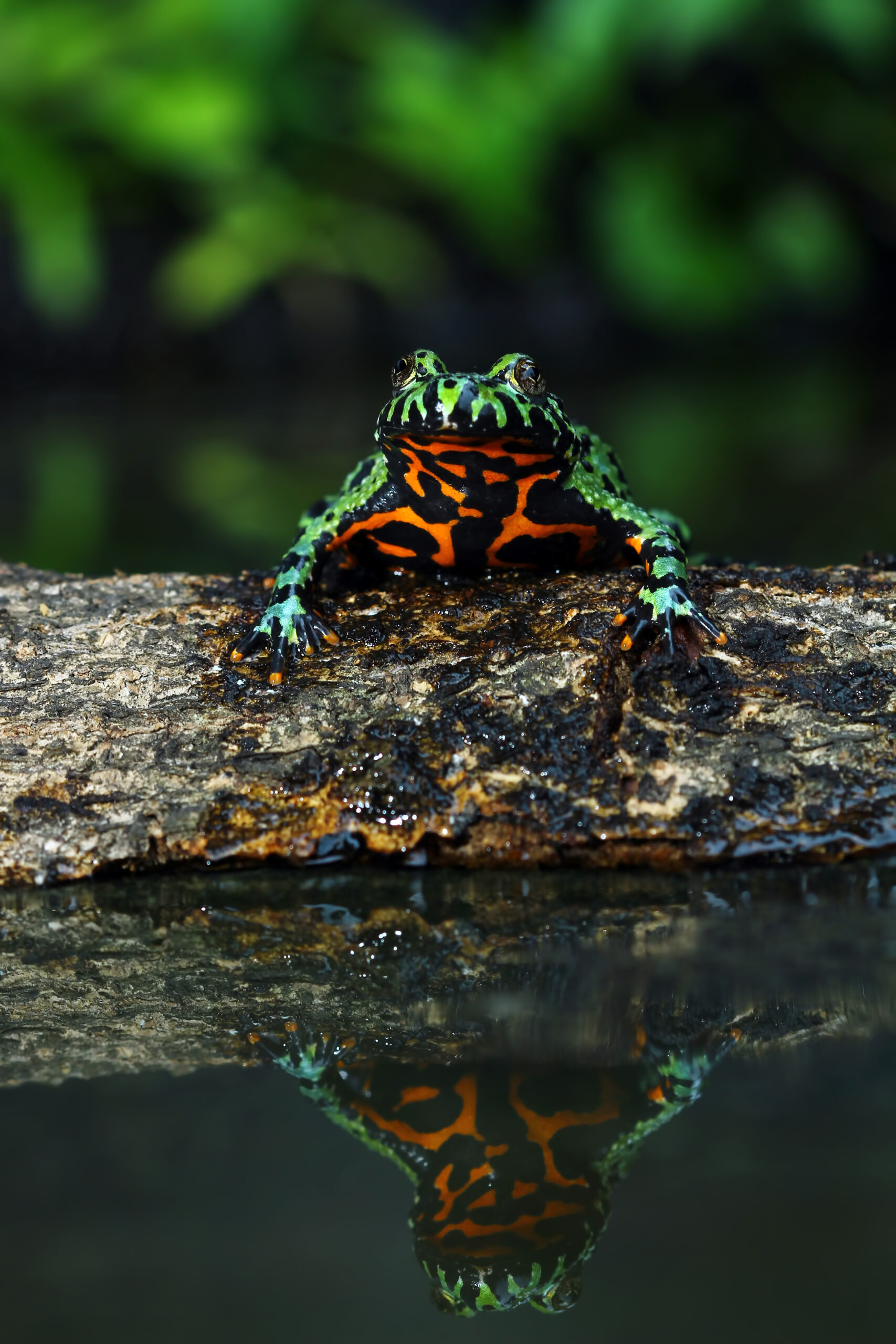
Bombina orientalis resting on top of a floating log.
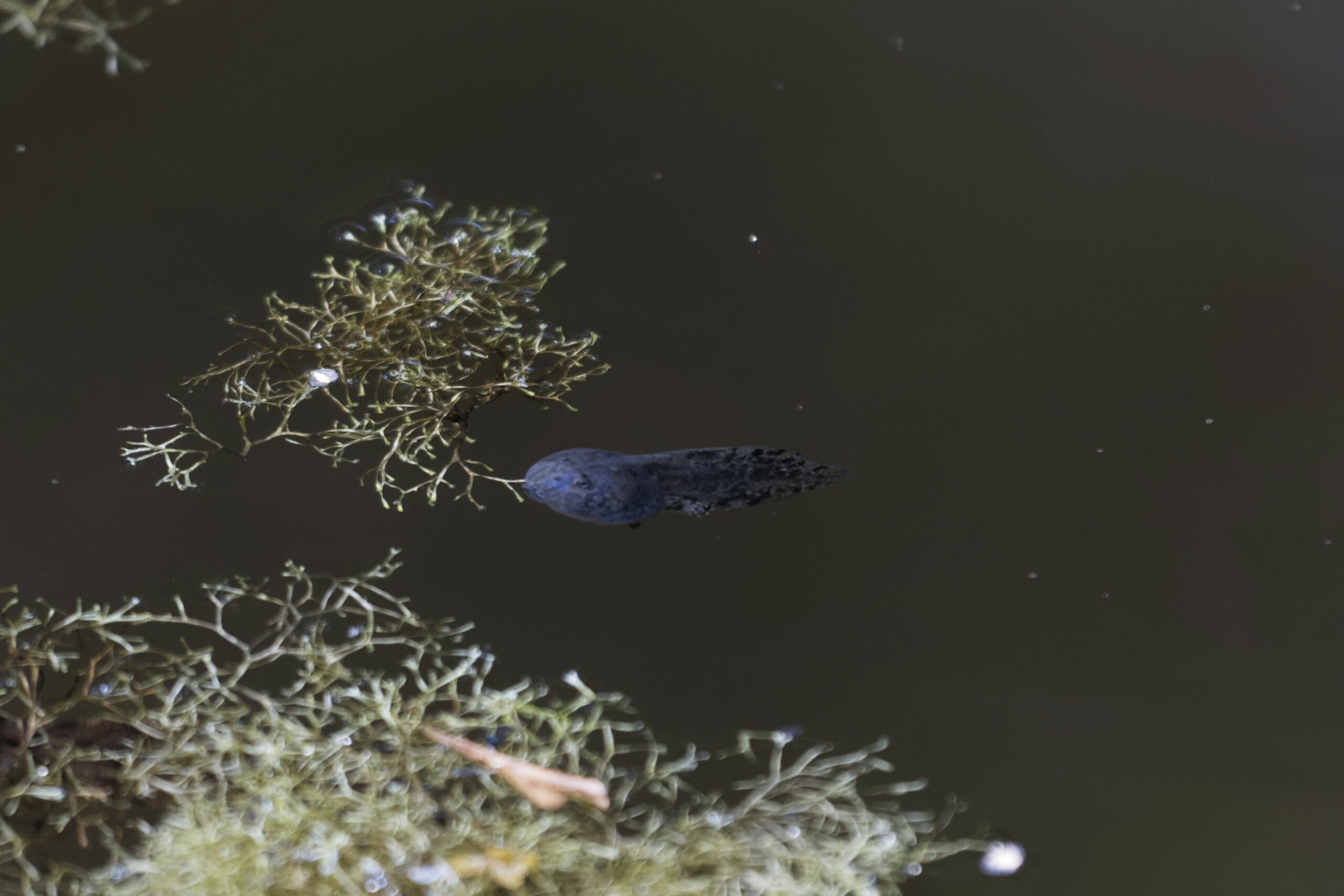
Tadpole of Bombina orientalis feeding on plant matter.
Handling
Although Fire-Bellied Toads tolerate moderate handling very well; for the well-being of the frogs however, we do not recommend excessive handling. Like most amphibians, Fire-bellied toads have a very sensitive skin, and are especially sensitive to chemicals like soap, lotion, etc. so make sure to always thoroughly wash and rinse your hands with warm water before and after handling any amphibian.
Every amphibian’s skin contains very mildly toxic substances that can irritate eyes or open wounds so always thoroughly wash and rinse your hands with warm water before and after handling any amphibian. If you accidentally touch your eyes while handling an amphibian, you might experience a somewhat burning sensation. Should this happen, make sure to rinse your eyes immediately and thoroughly with water, that should relief the burning sensation immediately.
DISCLAIMER Always make sure to thoroughly wash and rinse your hands with warm water before and after handling any reptile, amphibian or invertebrate.
Conclusion
Fire-Bellied Toads are hardy, long-lived and “easy-to-care-for”, making them an ideal beginner’s animal. In a well-decorated planted terrarium, Fire-Bellied Toads make great display animals. Their semi aquatic lifestyle, their exposure of belly colors as they float at the water surface, and their somewhat clumsy “amusing” motions make them appealing display animals for both the beginning reptile enthusiast as well as for the advanced hobbyist.
Did you know?
Fire-Bellied Toads are very common in their native countries, that is why they have the IUCN predicate conservation status: LC “Least Concern”. Fire-Bellied Toads are also abundantly available as captive bred specimen.
When a Fire-Bellied Toad senses danger, they flip on their back and show off their strikingly coloured belly as a warning to the agitator. This tactic is called the “unkenreflex”, named after the German word for Fire-Bellied Toads.
Fire-Bellied Toad’s mild toxicity works as a defense mechanism against predators, but also prevents bacterial and fungal infection.
Since Fire-Bellied Toads cannot extend their tongue like most frogs and toads can, they have to leap forward to grab the prey with their mouth.
Fire-Bellied Toads will use their front legs to stuff food into their mouth.
Tips
The Exo Terra® Cricket Pen is ideal for housing, keeping and dispensing live crickets. To keep your crickets alive longer “gut load” or provide a slice of apple for food!
Misting can be automated with the Exo Terra® Monsoon, a programmable misting system suitable for all types of terrariums. It helps maintain optimal humidity by generating a fine mist at programmed intervals, the duration and frequency of which can be easily adjusted.
Use the Exo Terra® Terrarium Cleaner & Deodorizer to clean water dishes and decor items. It removes organic stains and odours, without any risk to your frog.
Stubborn calcium deposits from misting can be easily removed using the Exo Terra® Terrarium Glass Cleaner. The Glass Cleaner’s non-toxic gel formula easily removes calcium and lime stains from the terrarium glass.
The design of the Exo Terra® Frog Pond offers easy access for dart frogs to hydrate while the shallow water body and integrated steps prevent the animals from drowning.
Proving sufficient well-balanced light, by using the Exo Terra® TerraSky in combination with a mild UVB bulb like the Exo Terra® Reptile UVB100, will assure proper plant and moss growth, contribute to your amphibians physiological and stimulate mating behavior.
When raising Fire-Bellied froglets, make sure to feed your feeder insects a high beta-carotene diet (such as carrots, butternut squash or sweet potatoes) to enable your froglets to develop their bright belly coloration.
Are Fire-Bellied Toads the right choice for me?
Fire-Bellied Toads are great animals; they are beautiful, hardy, long-lived and “easy-to-care-for”. Fire-Bellied Toads make great display animals, especially if housed in a well decorated, planted terrarium. Their semi aquatic lifestyle, their exposure of belly colors as they float at the water surface, and their somewhat clumsy “amusing” motions make them appealing animals for both the beginning reptile enthusiast as well as for the advanced hobbyist.
Should I feed a variety of food items to my Fire-Bellied Toads or can I stick to just 1 type feeder insect?
Bring as much as possible variation in your Fire-Bellied Toad’s diet to make sure that your frog receives all possible essential nutrients. With Exo Terra’s Canned or Vacuum-Packed insects it’s easy to offer a wide variety to make sure that your frogs receive all the nutrients they need. The Canned and Vacuum-Packed insects have the same nutritional value as live insects but are easier to digest.
Are Fire-Bellied Toads poisonous?
Can I feed my Fire-Bellied Toads wild caught insects?
We do not recommend feeding wild caught insects as these can harbor harmful bacteria. They may also have come in contact with gardening chemicals, making them poisonous for your Frogs.
Can I keep other amphibians and reptiles together with my Fire-Bellied Toads
We generally don’t recommend housing different species together. But if you choose to do so, Fire-Bellied Toads have been housed together successfully with certain species, like green or brown anoles, small day geckos and long-tailed lizards, because these reptiles occupy a different ecological niche in the terrarium.

